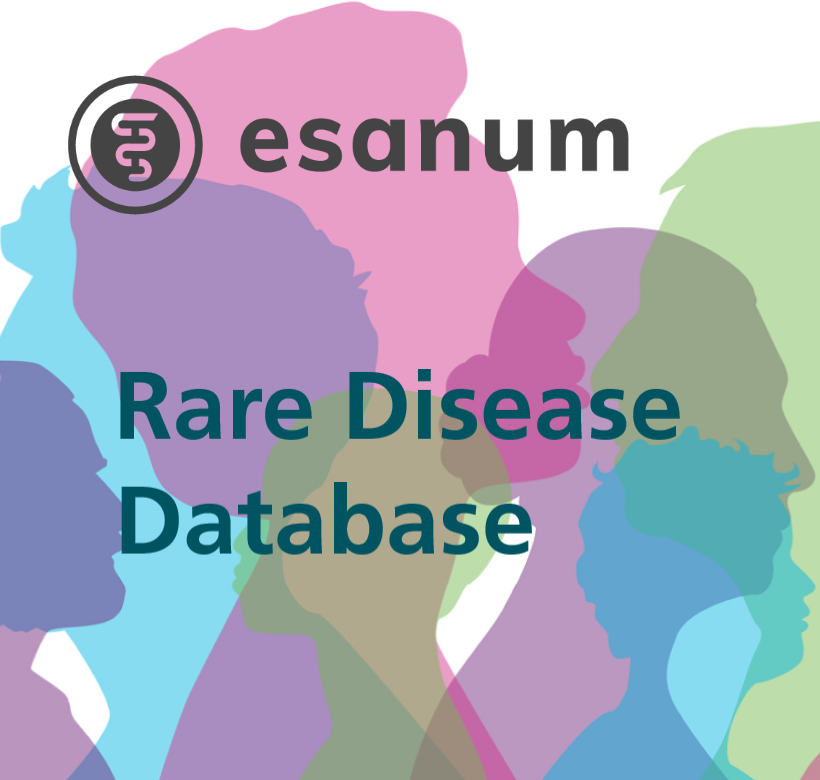Skin rashes in babies are not always harmless
Doctors who treat infants often spot skin rashes, most of which are harmless. But a rare disease also starts like this - and should be recognised quickly.
Key facts about acrodermatitis enteropathica:
- There are congenital and acquired forms.
- The symptoms are triggered by a zinc deficiency.
- Symptomatically, skin inflammations around the mouth, anus or eyes as well as diarrhoea are the main features.
- Mostly infants are affected.
- Even children who are healthy in themselves can fall ill if their mother's milk does not contain enough zinc.
- Correcting the zinc deficiency cures the disease.
Rashes and diarrhoea are not bad, are they?
If you treat babies in your practice, you surely have seen a lot. Skin rashes, diarrhoea, fever, and above all parental worries are part of your daily routine. But the symptoms are not always harmless, and it pays off to look closely.
Acrodermatitis enteropathica - what to look out for
Acrodermatitis enteropathica is a rare disease that mainly affects infants. The first symptoms often appear when the child is in the weaning phase, and increase in intensity as the disease progresses.
Which symptoms may occur? The disease's main features are ...
- Chronic diarrhoea, sometimes with steatorrhoea.
- Skin inflammation around body orifices (mouth, anus, eyes) and on elbows, knees, hands or feet.
- Skin lesions that are vesicular and look like psoriasis when the vesicles are burst and dry.
- Nail bed inflammation and altered finger and toe nails (Paronychia).
- Hair loss on the head, but also on eyelashes and eyebrows.
- Conjunctivitis.
Zinc deficiency is to blame
Disease symptoms are signs of a zinc deficiency. In the congenital form, this is triggered by a mutation in the SCL39A4 gene. Its inheritance is autosomal recessive and affects boys and girls equally.
A nutritional form is also possible, but rather rare nowadays. It occurs mainly with intravenous nutrition. It can be quickly remedied by zinc supplementation.
Diagnosis and therapy of acrodermatitis enteropathica
The signs of the disease are quite pathognomonic and often already point in the right direction. Nevertheless, a zinc level can be determined to gain furhter insights. Once the diagnosis is confirmed, genetic testing of the parents should be done.
Celiac disease (sprue) should also be excluded as a differential diagnosis.
The therapy is simple and effective: If the zinc deficiency is corrected (with the therapeutic agent of choice being zinc sulphate) the symptoms disappear. The administration of iodoquinol is also possible. As a rule, the therapy should be lifelong. If left untreated, there is progressive cortex atrophy with irritability and disturbances in emotional regulation.
Healthy child, sick mother
Acrodermatitis enteropathica can also occur in healthy children: namely, if the mother is a carrier of the SLC30A2 mutation. In this case, a zinc-binding enzyme is missing, which is produced by the pancreas and normally enriches the mother's milk with zinc. Due to the lack of this binding element, breast milk does not contain sufficient amounts of the trace element. The administration of bottle feeds is therapeutic in this case.
Prognosis
People with treated acrodermatitis enteropathica have a normal life expectancy. However, recurrences often take place over the course of life, usually during puberty or even pregnancy. Zinc supplementation should then be adjusted accordingly.
What should the treating physician pay attention to in acrodermatitis enteropathica?
Not all rashes and diarrhoea in young children are harmless or infection-related. If you see an infant with symptoms of acrodermatitis enteropathica, take a closer look. With a simple therapeutic intervention, you can effectively treat your little patient and help them lead a normal life.
References:
Rare Disease Day
